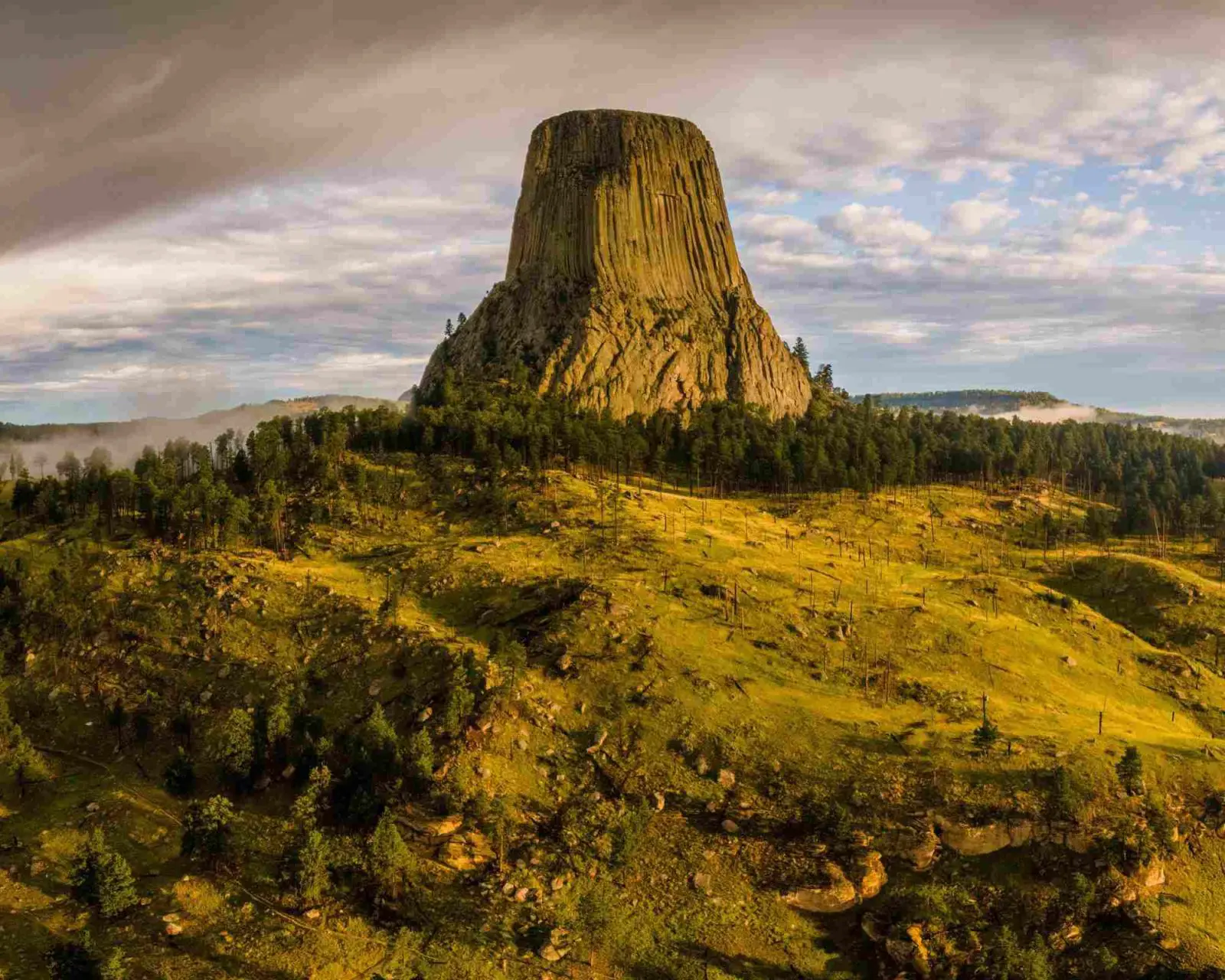88 Cents of Every Dollar Goes To Mission Delivery (updated)
![]()

In partnership with the The U.S. Geological Survey (USGS), the Mule Deer Foundation and other collaborators are excited to shape conservation initiatives, utilizing the third volume in a series of new big-game migration corridor maps.
Detailed mapping from GPS collar data, such as those in this map series, can help identify where migrations overlap with existing and potential barriers to movement. A state-Tribal-federal partnership, known as the Corridor Mapping Team, has been working to develop standard techniques for mapping migration corridors and to make migration maps available to the public. Since its inception in 2018, the Corridor Mapping Team has expanded to include participation from all 11 Western state wildlife-management agencies as well as from multiple Tribal and federal agencies.
Each spring and fall, deer, elk, pronghorn and other hoofed mammals migrate throughout the western United States, a critical behavior that allows them to avoid deep snow and access the most nutritious forage. But as the human footprint in the West expands, these migratory animals increasingly face obstacles such as new development, impermeable fences and high-traffic roads.
The first two sets of maps published by the team were released in 2020 and early 2022. Today’s release, the third in the series, includes maps and summaries of 45 mule deer, white-tailed deer, pronghorn and elk migration routes in Arizona, California, Idaho, New Mexico, Utah, Washington, Wyoming and, for the first time, the Navajo Nation.

With this latest volume, the series includes details and maps of the migrations and seasonal ranges for a total of 152 herds, along with insights into how earlier migration maps are being used in conservation planning.
For example, state and Tribal wildlife agencies, in partnership with transportation agencies, have used the migration maps to plan and construct wildlife underpasses and overpasses that allow animals to safely cross major highways or to develop message boards and automatic systems along highways to alert drivers of crossing animals. Maps are also being used to remove fences, inform recreation planning, guide siting of renewable energy projects, and limit housing development in migration corridors through zoning and conservation easements.
The broader corridor-mapping effort illustrates how collaborations among state, federal, and Tribal agencies and private landowners can help wildlife coexist with human populations even as Western landscapes undergo major changes.
Report coauthors on the latest volume include managers from wildlife agencies in Arizona, California, Colorado, Idaho, Montana, Nevada, New Mexico, Washington, and Wyoming; Navajo Nation Department of Fish and Wildlife; Nevada Department of Transportation; Southern Ute Indian Tribe; University of Wyoming, University of Oregon, and Southern Illinois University; The Nature Conservancy; Mule Deer Foundation; Teton Conservation District; Teton Science School; and Western EcoSystems Technology, Inc. Maps of each herd were produced in collaboration with regional experts by cartographers from the USGS and the InfoGraphics Lab at the University of Oregon.

The report, “Ungulate Migrations of the Western United States: Volume 3,” can be accessed at: https://pubs.er.usgs.gov/publication/sir20225088
To explore migration routes and ranges, visit the interactive WesternMigrations.net portal, or download the data from ScienceBase.gov.

MDF was inducted into the Arizona Outdoor Hall of Fame by the Wildlife for Tomorrow…

Important herds of mule deer, elk, and bighorn sheep will now have an easier path to follow…

Leupold & Stevens, Inc., provider of the world’s most rugged, lightweight, and clear…

Exploring personal connection and vital importance of mule deer habitat in Wyoming…